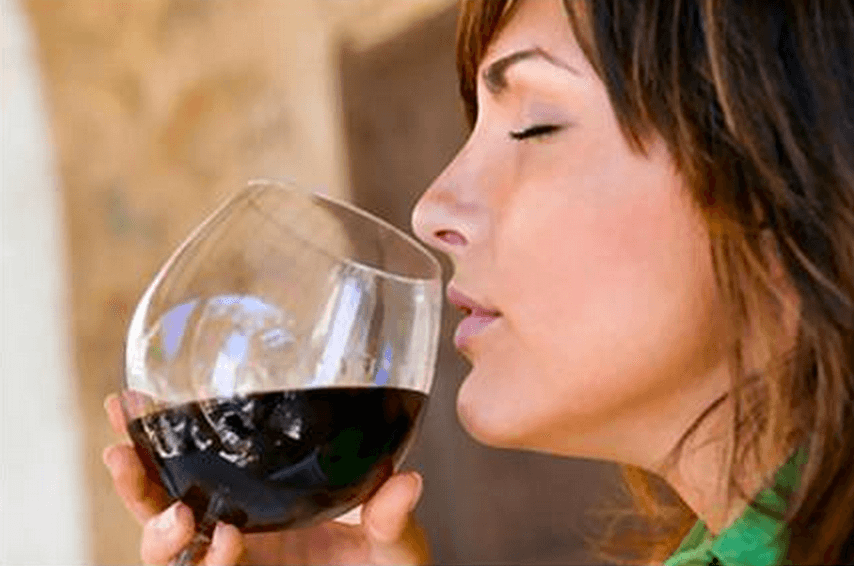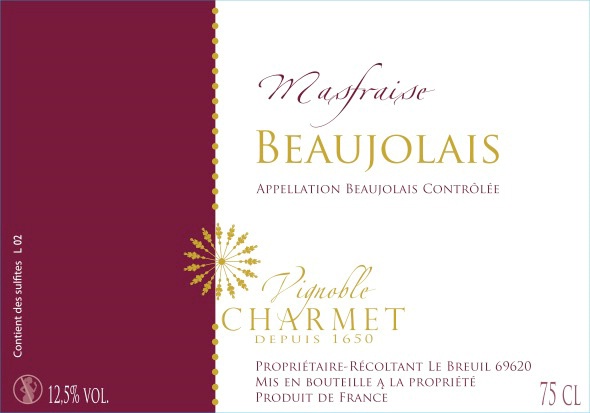

The easier way to start your wine learning journey: with the very glass of wine in your hand
-
Wine can seem so complicated when you are starting out.
Just the long list of different grape names and wine regions is enough to really confuse you.
If you are just starting on your wine journey, it’s better to forget about the need to memorize wine terms or learn wine theory. Instead, let’s simplify things and focus on the practical skill of decoding that glass of wine in your hand. Engage all your senses to tell the kind of wine that’s in the glass.
It’s almost like learning how to ride a bicycle. Mostly likely, you did not sit down to learn the theory of cycling and how pushing on the pedal transfers energy which powers the wheels and propels the bicycle forwards. You just got on the bicycle and quickly built an intuition of how to pedal and steer.
Same here. Go ahead and jump in to focus on the act of drinking wine itself.
This progress will allow you the greatest sense of achievement and momentum to move forwards.
The following 6 steps gives an overview of how to appreciate wine. We jump into detail for each of these steps in upcoming articles.
Step 1 - See
Hold your glass of wine by the stem, and not by the cup. Position your glass against a white surface and have a look at the wine. What color is it?
The color gives the obvious clue of whether it’s a white wine, rose wine, or red wine.
Notice the shade of the color. How deep or light-colored is it?
Red wines are made darker because of more grape-skin contact and have been made from grapes with thicker skins. Grape skins supply flavor in addition to color, making reds taste bolder than roses and whites. White wines that appear with yellow tones tend to have been aged in barrels.
Step 2 - Swirl
Next, swirl the wine. Swirling enlarges large surface area of the wine that is in contact with the air. This aerates the wine and releases aromas, which is essential for the next step.
Step 3 - Sniff
Dip your nose into the glass to take 2 or 3 lengthy sniffs. Notice any familiar smells? Recall the aromas of the food you eat everyday. Many winemakers skillfully create wines that express these aromas. The aromas are a result of 3 factors: the grape variety in the wine, the vineyard location, and the winemaking process.
Step 4 - Sip
Now we are ready to sip the wine. Notice that only halfway through the 6 steps does the wine actually enter your mouth. Many wine newbies make the mistake of starting off by sipping.
In addition to the burst of flavors felt in your mouth, try to pick out the sweetness and acidity of the wine. Wines with lower sugar content are known as ‘dry’ wines. Really sweet wines could be dessert wines.
Also take note of whether the wine is carbonated (the gassy feeling that you get from drinking Coke). If you find that your wine is carbonated, it’s likely to be a Champagne or sparkling wine.
Step 5 - Swish
Swish the wine around your mouth in order to coat your palate, tongue, and cheeks. Almost like you are using the wine as a mouthwash. Feel the weight of the wine. Does the wine feel heavy and creamy or light-bodied? In general, white wines feel ligher and have lower alcohol then reds.
Step 6 - Savour
Savour the flavors and intensity of the wine. Do the flavors linger in your mouth even after you swallow it? The aftertaste is known as the finish. Take note of the length of the finish.
That’s it! Understand all 6 steps before you go into any other details about wine. We’ll follow up on a more detailed explanation of the 6 steps in subsequent articles.
3 take away messages: - Tasting wines should excite the senses - Six easy steps: See - Swirl - Sniff - Sip - Swish - Savour - Tasting should be fun, no need to be an expert to enjoy wine!





